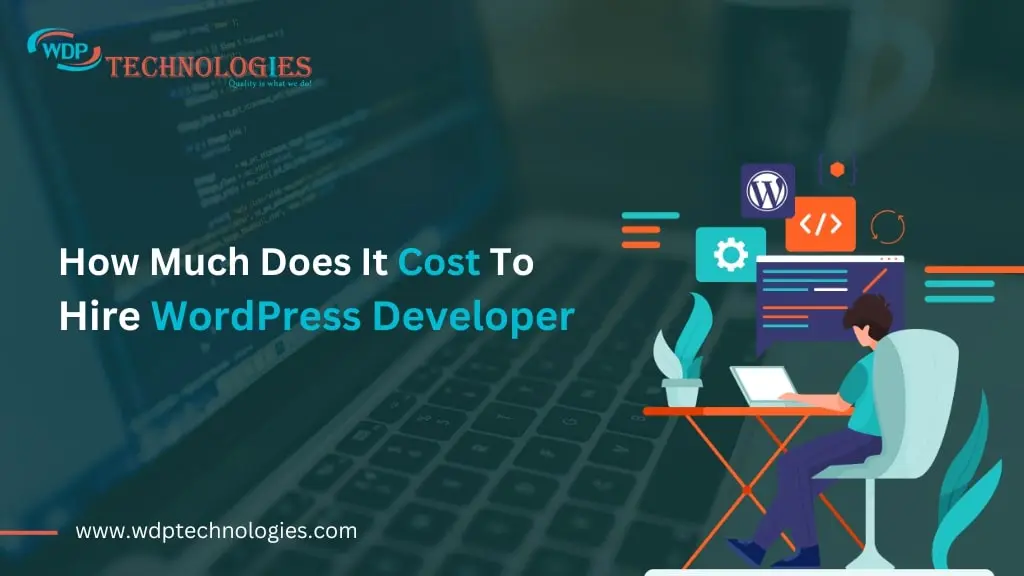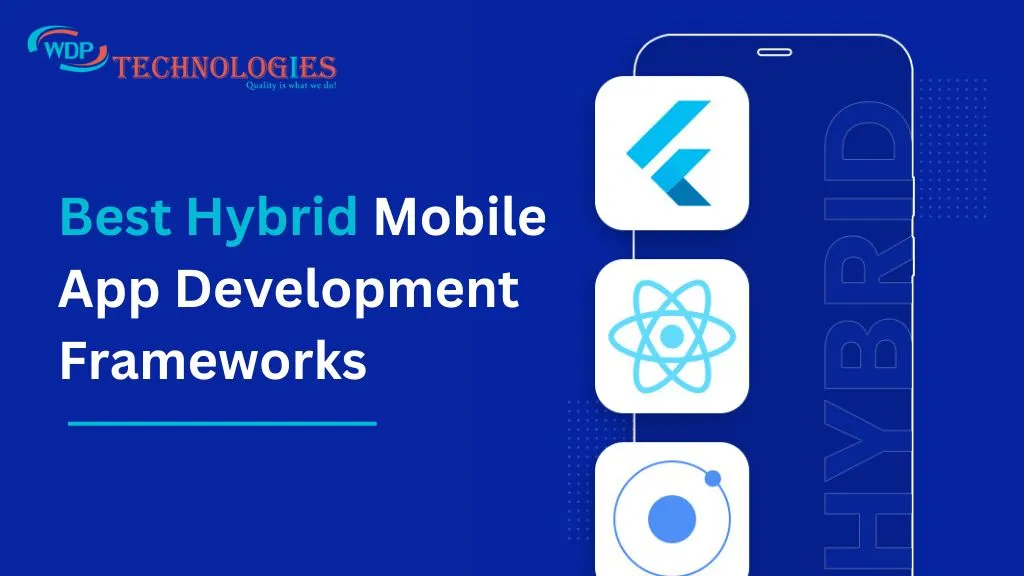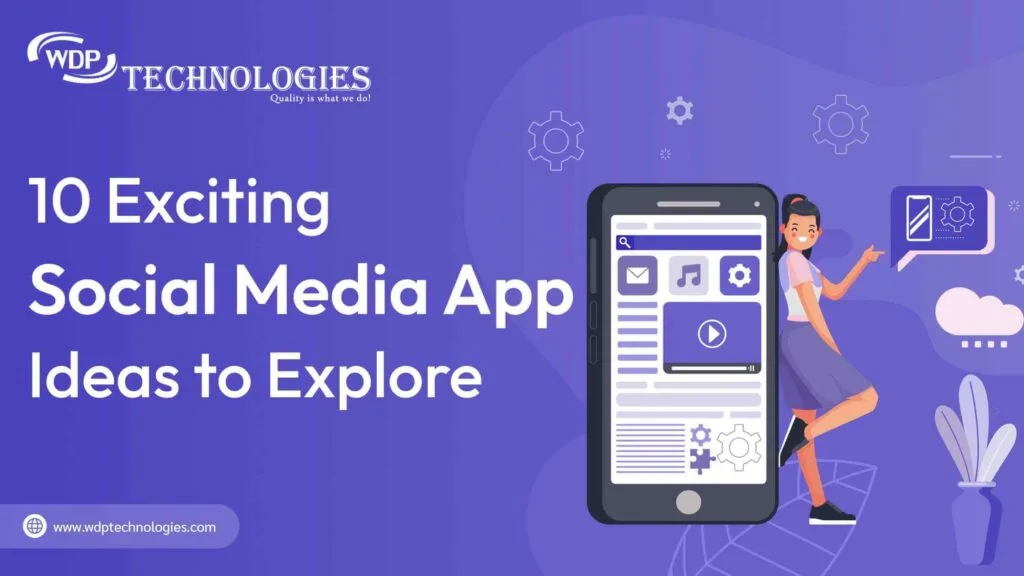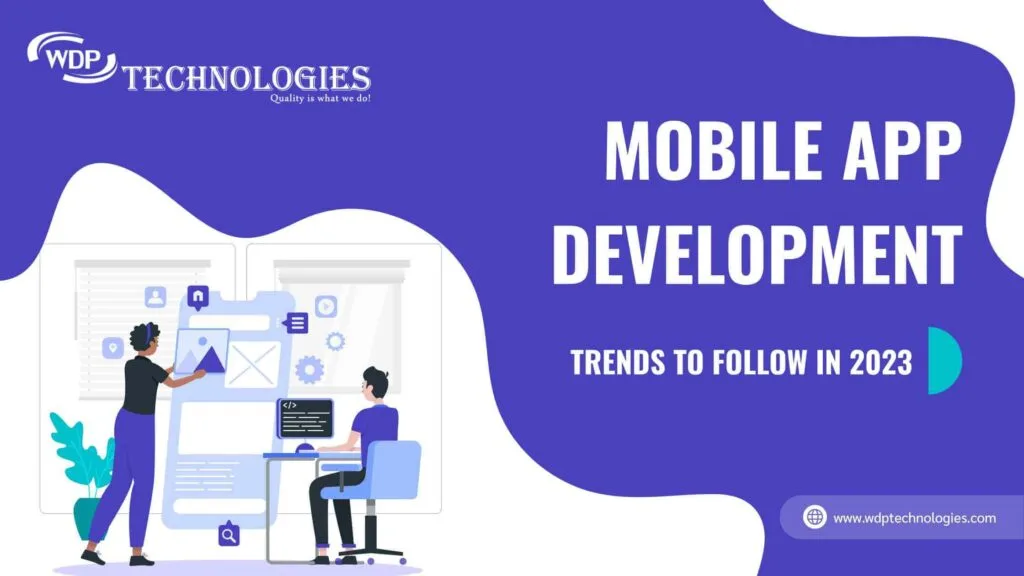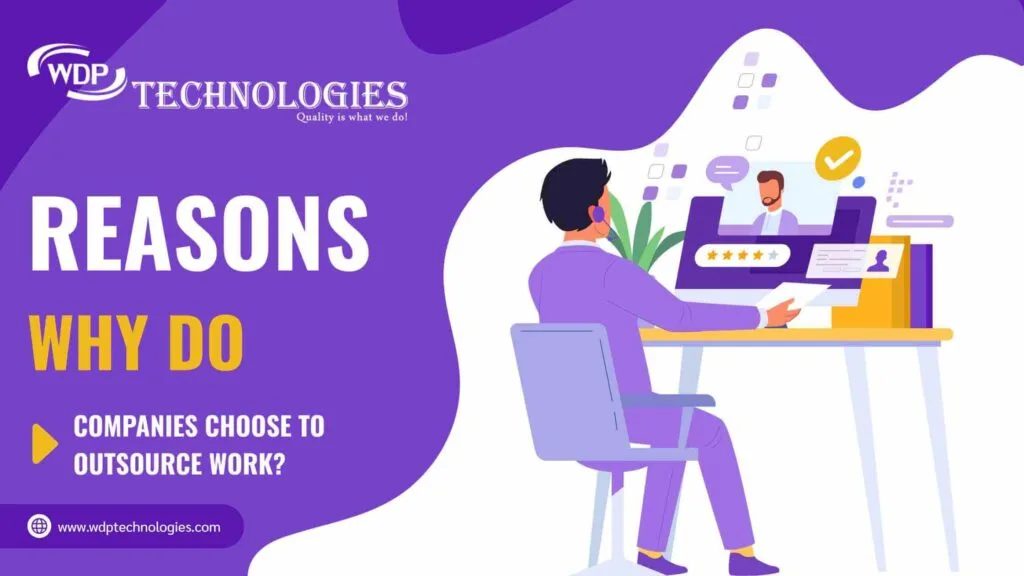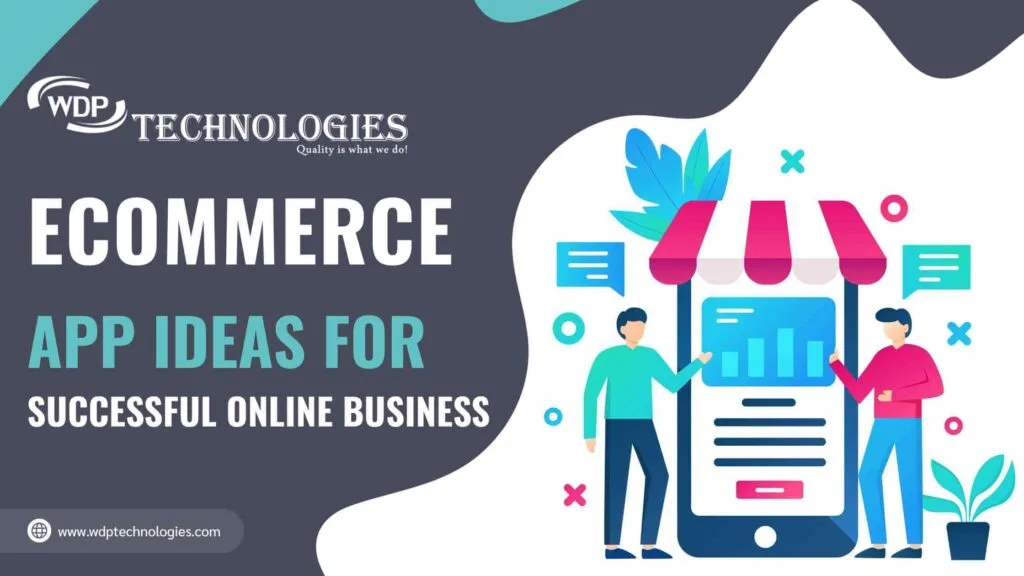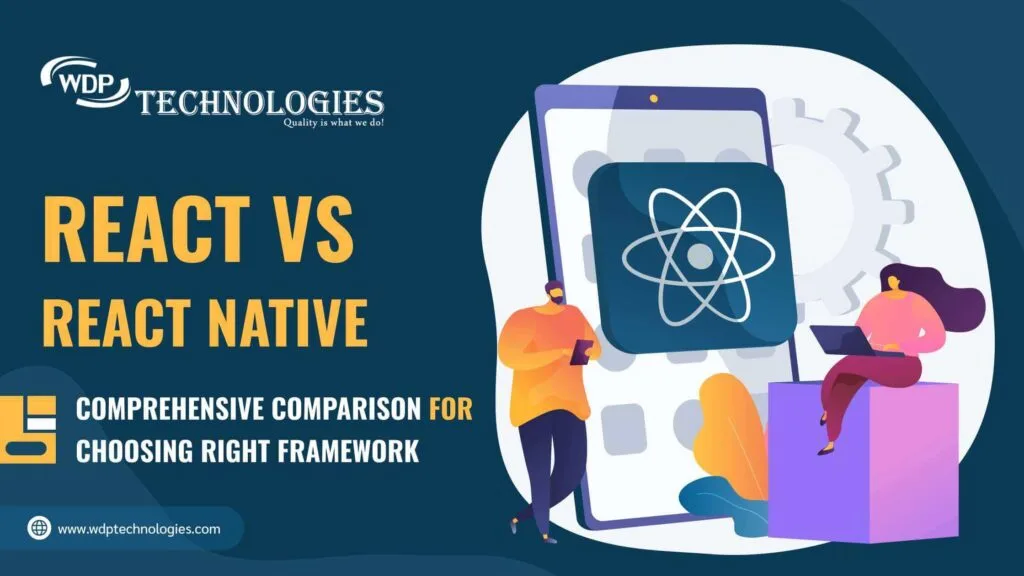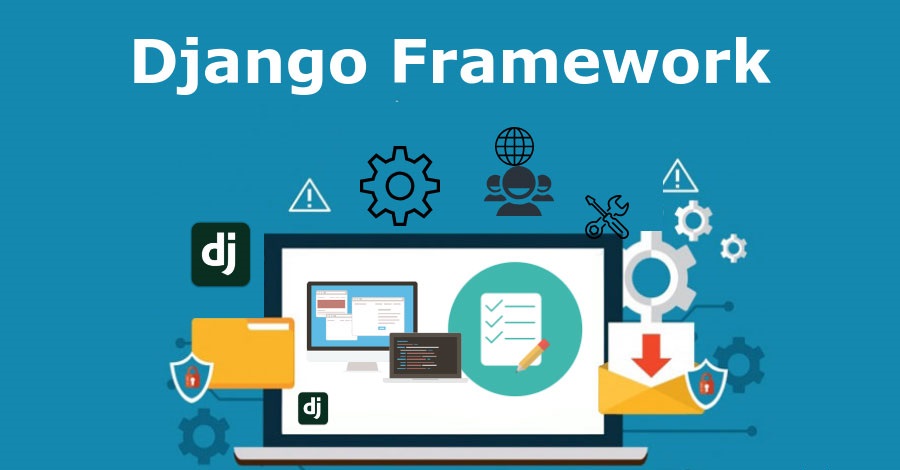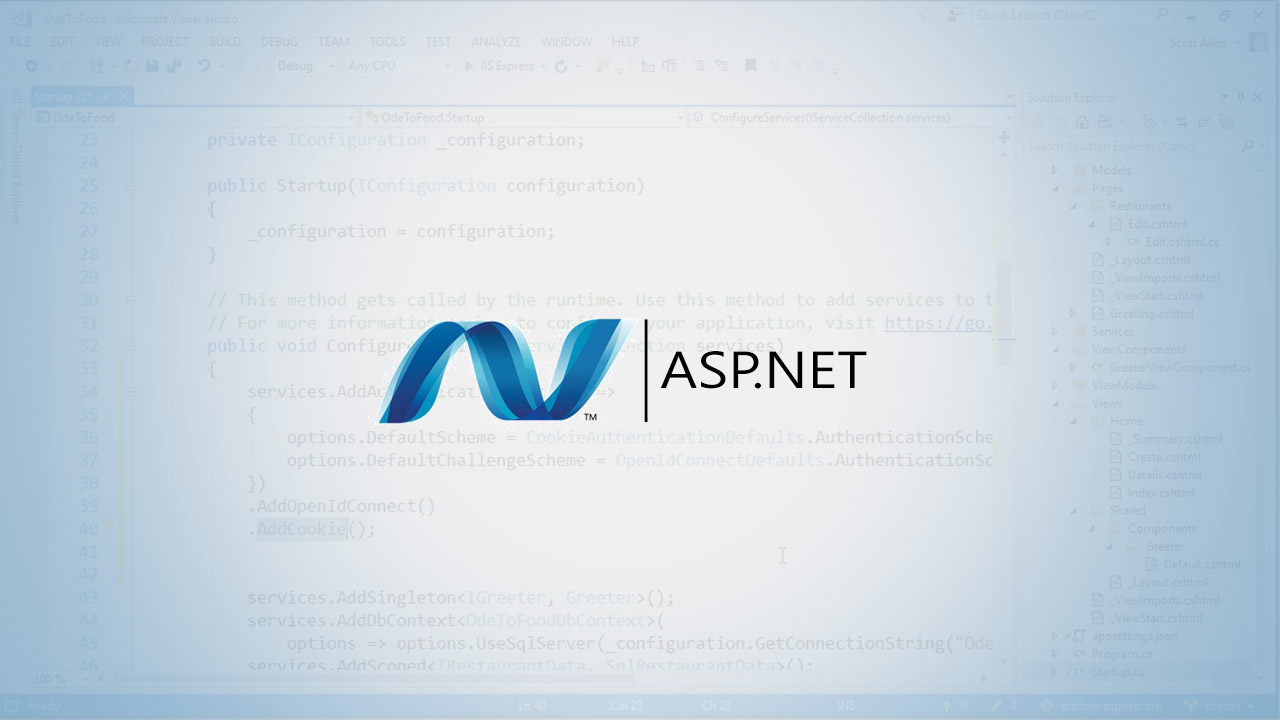WordPress is one of the most popular content management systems (CMS) in the world, powering millions of websites. Whether you’re a business owner, blogger, or aspiring entrepreneur, hiring a skilled WordPress developer can significantly enhance the functionality and aesthetics of your website. However, one common question that arises is, “How much does it cost to hire a WordPress developer?” In this blog post, we’ll explore the factors that influence the cost and provide you with a comprehensive guide to hiring a WordPress developer.
How to Hire Expert WordPress Developer
Hiring an expert WordPress developer is crucial to ensure the success of your website or online project. Here is a step-by-step guide to help you find and hire the right WordPress developer for your needs:
a. Define Your Project Requirements:
Clearly identify your project goals, scope, and specific requirements. Determine what skills and expertise you need in a WordPress developer, such as theme customization, plugin development, e-commerce integration, or SEO optimization. This will help you narrow down your search and find developers with relevant experience.
b. Research and Gather Information:
Start by researching and gathering information about WordPress developers. Look for platforms, websites, and communities where WordPress developers showcase their portfolios and expertise. Some popular platforms to find WordPress developers include freelancing websites (Upwork, Freelancer), WordPress-specific job boards, and developer directories.
c. Review Portfolios and Experience:
Evaluate the portfolios and experience of potential WordPress developers. Look for samples of their previous work, websites they have developed or customized, and the range of projects they have worked on. This will give you an idea of their capabilities and whether they have experience with projects similar to yours.
d. Read Client Reviews and Testimonials:
Pay attention to client reviews and testimonials about the WordPress developers you are considering. These reviews can provide valuable insights into their work quality, communication skills, timeliness, and professionalism. Platforms like Upwork and Freelancer have rating systems and client feedback that can help you make informed decisions.
e. Assess Technical Skills and Expertise:
During the hiring process, assess the technical skills and expertise of the WordPress developers. Ask relevant questions about their proficiency in WordPress, programming languages (such as PHP, HTML, CSS), familiarity with popular plugins and themes, and knowledge of current web development best practices.
f. Conduct Interviews or Discussions:
Conduct interviews or discussions with shortlisted WordPress developers. This will give you an opportunity to discuss your project requirements in detail, gauge their communication skills, and assess how well they understand your needs. Ask questions about their approach to development, problem-solving abilities, and how they handle deadlines and client feedback.
g. Consider Availability and Communication:
Ensure that the WordPress developer you hire is available to work on your project within your desired timeline. Communication is also key, so evaluate their responsiveness, language proficiency, and willingness to provide regular project updates and status reports.
h. Discuss Pricing and Payment Terms:
Have a transparent discussion about pricing and payment terms with the selected WordPress developer. Determine if they charge an hourly rate or a fixed fee for the project. Clarify any additional costs, such as ongoing maintenance or support. It’s important to strike a balance between your budget and the value provided by the developer.
i. Request a Contract:
Once you have chosen a WordPress developer, it is advisable to have a written contract that outlines the project scope, deliverables, timelines, payment terms, and any other important details. A contract helps protect both parties and ensures a clear understanding of expectations.
j. Start with a Small Project or Trial Period:
If you’re unsure about a developer’s abilities or compatibility, consider starting with a small project or a trial period before committing to a larger, long-term project. This allows you to evaluate their work firsthand and determine if they are the right fit for your needs.
How to Estimating the WordPress Developer Cost
A. Researching Developer Rates:
- Conduct thorough research on the average rates charged by WordPress developers. Consider factors such as skill level, expertise, location, and experience.
- Explore freelance platforms, job boards, and industry forums to get an idea of the typical rates in your desired market.
- Take note of the hourly rates or project-based rates mentioned by different developers to establish a baseline for cost estimation.
B. Requesting Quotes or Proposals:
- Identify potential WordPress developers who align with your project requirements and budget.
- Reach out to them with a clear and detailed project brief, including your objectives, features, and specific customization needs.
- Request quotes or proposals from multiple developers to get a range of pricing options.
- Provide developers with the necessary information to accurately estimate the time and effort required for the project.
- Ask for a breakdown of costs, including any additional services or ongoing maintenance fees, if applicable.
C. Comparing Prices and Evaluating Value:
- Review the quotes or proposals received from different WordPress developers.
- Compare the pricing structures, including hourly rates, fixed project fees, or retainer-based models.
- Consider the value offered by each developer, taking into account their experience, expertise, portfolio, and reputation.
- Evaluate the completeness and feasibility of their proposed solutions for your project.
- Look beyond cost alone and consider the developer’s track record, communication skills, and ability to meet deadlines.
- Assess the overall value for money, weighing the cost against the quality of work and potential long-term benefits.
Read More: How Much It Cost To Make An App In India?
Cost of Hiring a WordPress Developer Depends on
Skill Level and Expertise:
The cost of hiring a WordPress developer is influenced by their skill level and expertise. WordPress developers can be categorized into three main types:
a) Beginner Developers: These developers are relatively new to WordPress development and may have limited experience. They often charge the lowest rates, ranging from $15 to $40 per hour.
b) Intermediate Developers: Intermediate developers have more experience and expertise in WordPress. They can handle more complex tasks and may charge between $40 and $75 per hour.
c) Advanced Developers: Advanced WordPress developers are highly skilled professionals with extensive experience in complex WordPress projects, customizations, and plugin/theme development. They typically charge $75 to $150 per hour or more.
Project Complexity and Scope:
The complexity and scope of your WordPress project will play a significant role in determining the cost. Simple tasks, such as installing a plugin or setting up a basic theme, will require less time and effort, resulting in lower costs. On the other hand, more complex projects involving custom theme development, plugin customization, e-commerce integration, or advanced functionality will require a higher investment.
Location:
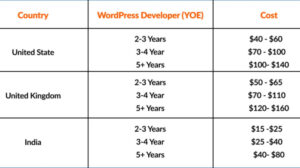
The geographical location of the WordPress developer can also influence the cost. Developers based in countries with higher living costs tend to charge more compared to those in countries with lower costs of living. For example, developers from North America and Western Europe generally have higher rates than developers from Eastern Europe, Asia, or Latin America.
Freelancer vs. Agency:
Deciding whether to hire a freelancer or an agency will impact the cost of your WordPress development project. Freelancers often have lower overhead costs and may charge less than agencies. However, agencies may provide additional benefits such as project management, quality assurance, and a larger team of experts. Their rates are usually higher but can vary depending on the agency’s reputation and location.
Additional Services:
WordPress developers may offer additional services that can impact the overall cost. These services include website maintenance, security audits, ongoing support, SEO optimization, and content creation. The inclusion of these services will depend on your specific requirements and budget.
Skills To Look For While Hiring A WordPress Developer
When hiring a WordPress developer, it’s important to consider their skills and qualifications to ensure they are capable of meeting your project requirements. Here are some key skills and qualifications to look for:
a. Proficiency in WordPress: The developer should have a deep understanding of WordPress, including its core functionality, themes, plugins, and customization options. They should be able to navigate the WordPress dashboard, set up and configure websites, and troubleshoot common issues.
b. HTML, CSS, and JavaScript: Proficiency in front-end web development languages like HTML, CSS, and JavaScript is crucial for customizing WordPress themes, creating responsive designs, and implementing interactive features. The developer should have knowledge of coding best practices and be able to write clean and efficient code.
c. PHP and MySQL: WordPress is built on PHP and uses MySQL for its database. A skilled WordPress developer should have a strong command of PHP to create custom plugins, modify themes, and extend the functionality of WordPress. Knowledge of database management with MySQL is also important.
d. Theme Customization: Look for a developer who has experience in customizing WordPress themes to match specific design requirements. They should be able to modify the theme’s appearance, layout, colors, typography, and ensure it is responsive across different devices.
e. Plugin Development and Customization: A proficient WordPress developer should be able to develop custom plugins to add unique features and functionality to your website. They should also have experience in customizing existing plugins to fit your specific needs.
f. Knowledge of Security Best Practices: Website security is vital, and your WordPress developer should have a good understanding of security best practices. They should be able to implement measures to protect your website from vulnerabilities, perform security audits, and ensure compliance with security standards.
g. SEO Optimization: Look for a developer who understands the basics of search engine optimization (SEO) and can implement SEO best practices in your WordPress website. This includes optimizing page speed, meta tags, headings, URLs, and ensuring proper site structure.
h. Problem-Solving and Troubleshooting Skills: A skilled WordPress developer should have strong problem-solving abilities and be able to troubleshoot issues efficiently. They should be able to identify and resolve errors, conflicts, and bugs that may arise during development or maintenance.
i. Communication and Collaboration: Effective communication is essential for a successful working relationship. The developer should be able to understand your project requirements, ask clarifying questions, and provide regular updates. They should be responsive, attentive, and able to collaborate effectively with other team members, if applicable.
j. Portfolio and Experience: Review the developer’s portfolio and past experience to assess the quality and complexity of their previous projects. Look for experience in projects similar to yours to ensure they have the necessary expertise.
From Where to Hire a WordPress Developer
WDP Technologies is a software development company specializing in WordPress services. We offer experienced developers skilled in WordPress development, customization, and maintenance. Strong focus on delivering high-quality, scalable solutions tailored to meet specific client requirements. One of the benefits of hiring WordPress Developer from WDP Technologies is our expertise in WordPress development. Our developers are well-versed in the latest WordPress trends, coding standards, and best practices. We have experience working with diverse clients across different industries, ensuring a thorough understanding of various business needs.
Conclusion
Hiring a skilled WordPress developer is essential for maximizing the functionality and success of your website. Their expertise can enhance user experience, ensure smooth operation, and provide valuable insights for growth.
Investing in a skilled WordPress developer can be a game-changer for your online presence. By making informed decisions and finding the right balance between budget and expertise, you’re setting yourself up for success in achieving your website goals and objectives.

